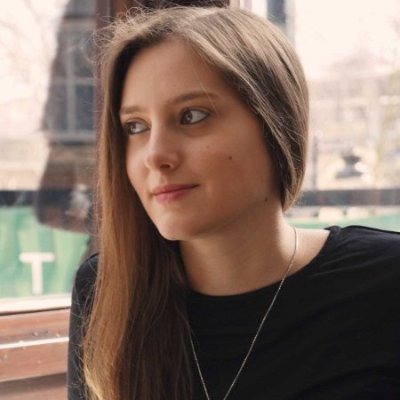Simplified Sachdev-Ye-Kitaev model simulated on trapped-ion quantum computer

Ingrid Fadelli
contributing writer

Gaby Clark
scientific editor

Robert Egan
associate editor

The simulation of strongly interacting many-body systems is a key objective of quantum physics research, as it can help to test the predictions of physics theories and yield new valuable insight. Researchers at Quantinuum, a quantum computing company, recently simulated a simplified version of a well-known theoretical model, the so-called Sachdev-Ye-Kitaev (SYK) model, using a trapped-ion quantum computer and a previously introduced randomized quantum algorithm.
Their simulation, outlined in a paper on the arXiv preprint server, improves the present understanding of chaotic quantum systems that cannot be simulated using classical computers. In the future, their work could contribute to the simulation of other complex quantum systems and theoretical models.
"We were interested in the SYK model for two reasons: on one hand it is a prototypical model of strongly interacting fermions in condensed matter physics, and on the other hand it is the simplest toy model for studying quantum gravity in the lab via the holographic duality," said Enrico Rinaldi, Lead R&D Scientist at Quantinuum and senior author of the paper.
"We thought our quantum computers should be able to benchmark quantum simulations of this very important physical model because they are well suited to to simulate time evolution with no systematic errors on quantum computers: TETRIS."
TETRIS is an algorithm developed at Quantinuum and introduced in 2024, which can be used to calculate how a quantum system changes over time on quantum computers. This algorithm's underlying design and its randomized nature are well-suited for simulating the SYK model with random couplings (i.e., where the strengths of interactions between particles are random, as opposed to fixed).
Similarly, the Quantinuum System Model H1, the processor used by the researchers, is characterized by a high-fidelity and all-to-all connectivity between qubits, which is perfect for simulating SYK model interactions.
"The SYK model consists of N fermions (such as electrons) interacting in an all-to-all fashion (everyone couples to everyone else) with 4-body terms (4 fermions in each single interaction term)," explained Rinaldi. "We took the model with N=24 fermions and used 12+1 qubits on Quantinuum System Model H1 to simulate the time evolution of an initial quantum state of the theory."

Rinaldi and his colleagues simulated the evolution of this initial quantum state using the TETRIS algorithm. The algorithm allowed them to carefully tune the number of quantum gates/operations necessary to compute the model's final state with high accuracy.
"Moreover, TETRIS allows a series of natural error mitigation tricks that increase the robustness of the result to quantum noise," said Rinaldi. "The combination of these algorithmic advances and System Model H1's high-fidelity and all-to-all operations allowed us to realize the largest SYK simulations to date."
The SYK model simulated by the researchers is comprised of 24 interacting Majorana fermions (i.e., particles that are also their own anti-particles). As the interactions between these particles are complex and difficult to predict, simulating these types of systems has so far proved very challenging.
"Our study shows for the first time that such complicated interactions can be simulated on Quantinuum's current generation of commercial quantum devices by cleverly designing new algorithms and techniques for mitigating noise," said Rinaldi. "On a larger scale, we show that it is plausible that other difficult-to-simulate systems, such as the Fermi-Hubbard model, or lattice gauge theories, will be soon simulated by the quantum computers on our roadmap."
The recent work by Rinaldi and his colleagues marks an important step toward the simulation and study of chaotic quantum systems. In the future, improved versions of the trapped-ion quantum processor and randomized algorithm they used could enable the simulation of other systems with an even greater number of particles and more complex interactions.
"We are now looking at new, improved algorithms to simulate SYK models that take advantage of the new capabilities of Quantinuum Helios and the future quantum computers on Quantinuum's roadmap," added Rinaldi. "From a theoretical standpoint, our algorithms will reduce the circuit complexity and number of gates required to simulate this model. Finally, on the hardware side, we will continue to push our circuit depth and gate fidelities even higher."
Written for you by our author , edited by , and fact-checked and reviewed by —this article is the result of careful human work. We rely on readers like you to keep independent science journalism alive. If this reporting matters to you, please consider a (especially monthly). You'll get an ad-free account as a thank-you.
More information: Etienne Granet et al, Simulating sparse SYK model with a randomized algorithm on a trapped-ion quantum computer, arXiv (2025).
Journal information: arXiv
© 2025 Science X Network





















